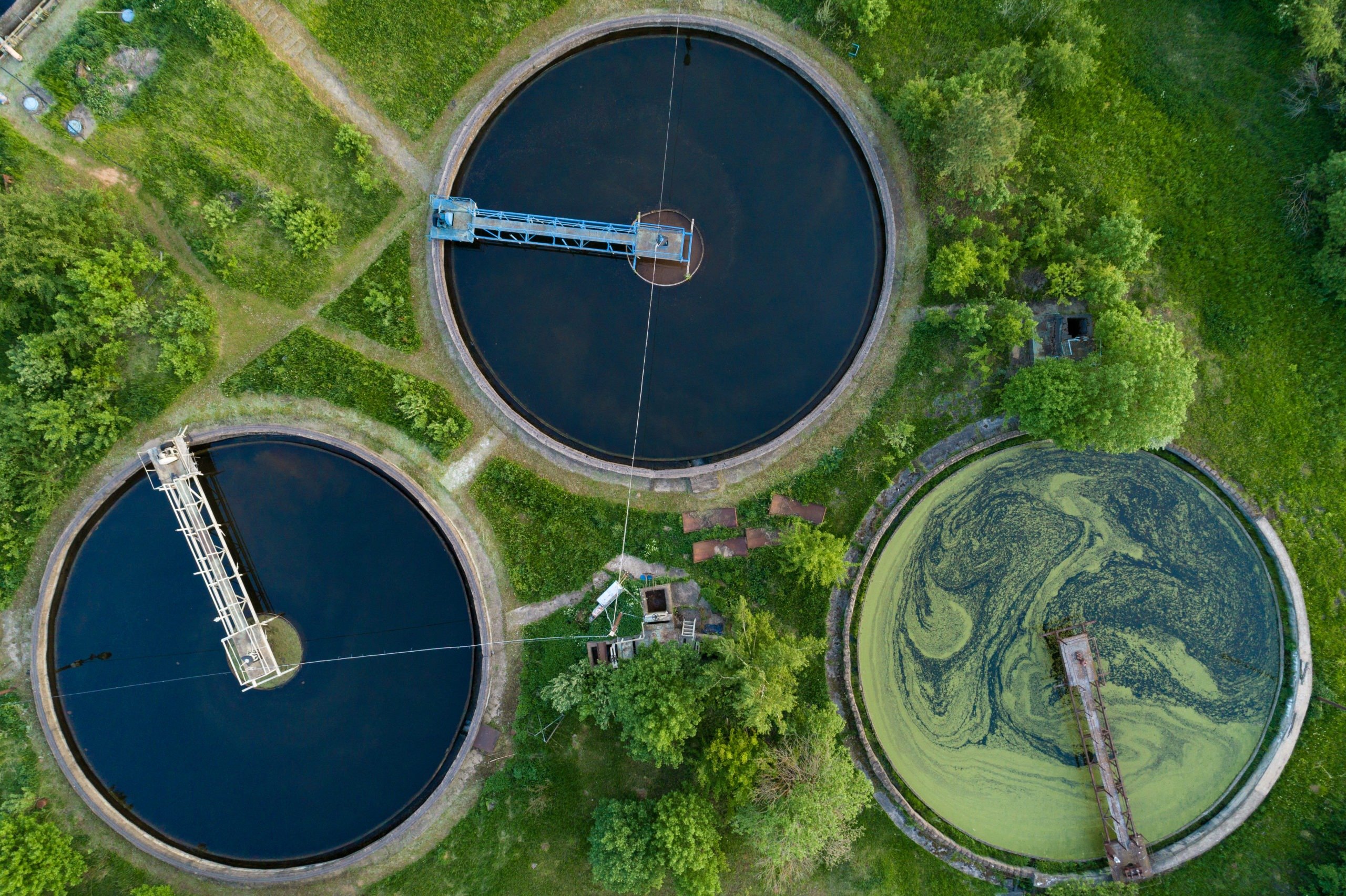According to a UN report, 80% of wastewater flows back into the ecosystem without being treated or reused, and two billion people live in countries experiencing high water stress. Furthermore, more than half the global population lacks safely managed sanitation services, and almost 300,000 children under the age of five die every year due to poor sanitation and unsafe drinking water. These are alarming statistics, but IoT applications in waste management have shown considerable promise in address these issues cost-effectively and on a global scale. Read on to learn how.
Rapid urbanization, climate change, and a burgeoning global population have placed an unprecedented amount of stress on the world’s water supplies. The role of waste management organizations in the water supply chain has long been recognized as one that has a direct impact on the health of our water ecosystems, but many challenges remain, especially on the organizational, infrastructure, and IT levels.
The good news, however, is that advancements in IoT technologies are helping wastewater management organizations and regulatory bodies better address many of the issues faced by this industry. Here are a few ways IoT technologies are bringing about lasting change for the better.
From Sensor Data to Actionable Insights
From improving efficiency and monitoring water levels to identifying chemical leaks and regulating usage, there are many applications for IoT devices in the wastewater management space. For example, treatment facilities can install smart sensors at different points along the treatment process to monitor and collect data on temperature, water quality, turbidity, pressure changes, chemical levels, and so on. These sensors can be customized based on the use case at hand. For example, measures of biochemical oxygen demand (BOD) are often used in industrial settings, while total suspended solids (TSS) levels are often used by sewage treatment plants. Other measures that your sensors can be custom designed for include Total Dissolved Solids (TDS), Total Organic Carbon (TOC), Oil and Grease (O&G), and measures of nutrients.
Your sensors can send the data they collect via a 3G connection to apps that give decision-makers actionable data. For example, if there is higher-than-average sulfur content along a specific part of a treatment process, the IoT system would flag that section for further testing or repair.
Smartphones can also be used to run instances of cloud-connected web applications that connect to, for example, an EAM CMMS system or SCADA systems. These systems can process and display IoT sensor data in real-time, enabling just a few people to manage vast objects and processes, increasing efficiency within the waste and wastewater management process while reducing errors and allowing for more data-driven decision-making. A 2016 IBM project that deployed sensors of these types in a sewage treatment plant in Spain was able to generate energy savings of over 13% and reduce sludge production by 17% by merely gathering smarter and more frequent readings of various system datapoints.
Leak and Trace Chemical Detection
IoT can be used to detect both water as well as chemical leakages. Once a leak is identified, an alert is sent to a remote dashboard. These types of notifications are a great way to expedite responses to mission-critical issues, such as in regions in which human health and sources of livelihood are in danger. With IoT, issue identification and corrective actions can be automated. In comparison, manual systems can take hours or days to identify the location of an issue and implement a response. Furthermore, humans are prone to mistakes, but with predictive maintenance driven by sensor data, engineers can automate corrective responses before irreversible damage can occur.
Another application of IoT in wastewater management is in detecting residual chemicals following primary water treatment activities. By identifying chemical residues, a facility can optimize its treatment processes to ensure that the chemicals they are releasing do not exceed regulatory limits.
Detecting Dangerous Bacteria
Sensors can be designed to detect bacteria such as legionella, which is water-borne bacteria that can spread through a facility via aerosolized mists or through centralized HVAC systems. If allowed to spread in a facility, this type of bacteria can be dangerous to the facility employees and local citizens.
Optimizing Wastewater Treatment
IoT sensors can provide water treatment data on a very granular level. The SCADA systems used by most wastewater treatment plants today are outdated and inefficient in comparison, and IoT solutions can deliver faster and more efficient data collection that can be used to optimize system performance while ensuring the safety of all personnel involved in the treatment process.
For example, by monitoring water flow rates and quality through part of the treatment process and measuring the results against power consumption, a manager can pinpoint which part of a plant consumes the most energy. Usually, aeration basins are the most energy-intensive part of the treatment process, and the manager can start by looking there to see how he or she can lower the plant’s energy usage and greenhouse gas emissions. With sub-metering, machine malfunctions can also be identified, making it easier and quicker to repair damaged machinery.
Designing Your System
Where should you start in designing your own wastewater treatment IoT solution? Consider the following blueprint:
- First, review the official guidelines that apply to where you operate. These may be the EPA’s effluent guidelines in the United States or the Horizon 2020 guidelines on waste in the EU.
- Next, come up with a list of the data you need for your system. Do you need to measure pH levels, temperature, and oxygen content of wastewater, or do you also need measures of atmospheric conditions such as humidity, pressure, and solar radiation?
- How will your sensors communicate with your data gateway, and which communication standards will you use? Data-intensive applications may require a 3G or 4G connection; systems that use less data or infrequently upload data can use an NB-IoT or LPWAN infrastructure.
- What infrastructure do you currently have in place? Sensors and various data types run better on some networks than others. The savings that accrue from your IoT initiatives must exceed the costs of deployment for the project to make financial sense, so the IT infrastructure you have and the infrastructure you need to build a performant system are essential business considerations that cannot be overlooked.
Conclusion
While there are rich applications for the use of IoT in waste and wastewater management, developing and deploying your solution requires an understanding of your needs, working within any constraints you face, and optimizing your IT infrastructure to gather the data you need to power the changes you want to make.
Kajeet’s Solutions Engineers are experienced in working with waste treatment plants and can guide you in understanding the role that connectivity plays in your treatment initiatives. Contact us today for a consultation with one of our experts.






.png)
